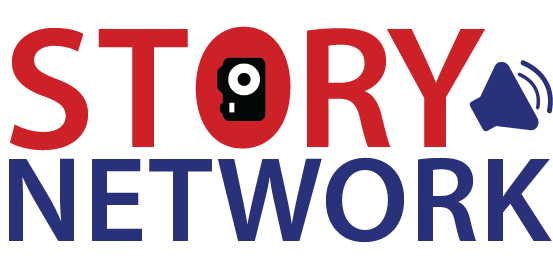In today’s digital age, social media platforms offer immense opportunities for businesses to connect with their target audience and promote their products or services effectively. Social media advertising has become an essential tool for businesses of all sizes to reach their marketing goals. This detailed report serves as a beginner’s guide to social media advertising, providing comprehensive information and strategies to help businesses navigate the world of marketing on these platforms successfully.
Social Media Advertising 101: A Comprehensive Guide to Successful Marketing on Platforms
Understanding Social Media Advertising
Definition and Purpose: Define social media advertising and its role in promoting businesses, driving engagement, and achieving marketing objectives.
Benefits and Advantages: Explore the advantages of social media advertising, such as targeted reach, cost-effectiveness, and measurable results.
Selecting the Right Social Media Platforms
Platform Overview: Provide an overview of popular social media platforms for advertising, including Facebook, Instagram, Twitter, LinkedIn, Pinterest, and Snapchat.
Platform Selection Criteria: Discuss factors to consider when choosing the appropriate platforms for your business, such as target audience demographics, platform features, and industry relevance.
Defining Advertising Goals and Objectives
Goal Setting: Assist businesses in defining clear and measurable advertising goals, such as increasing brand awareness, driving website traffic, generating leads, or boosting sales.
SMART Objectives: Guide businesses in setting Specific, Measurable, Achievable, Relevant, and Time-bound (SMART) objectives to ensure clarity and focus.
Understanding Target Audience
Customer Profiling: Explain the importance of understanding the target audience’s demographics, interests, behaviors, and pain points.
Data Analysis: Provide insights into gathering and analyzing customer data to refine target audience segments and create more personalized advertising campaigns.
Creating Compelling Ad Content:
Visual Design: Discuss the significance of visually appealing ad content and provide tips for creating engaging images and videos.
Copywriting Techniques: Guide businesses in crafting persuasive and concise ad copy that conveys the message effectively.
Call-to-Action (CTA): Explain the importance of strong CTAs and provide examples of effective CTAs for different marketing objectives.
Targeting and Segmentation:
Audience Targeting Options: Explore the various targeting options offered by social media platforms, such as demographics, interests, behaviors, and custom audience targeting.
Lookalike Audiences and Retargeting: Explain how businesses can leverage lookalike audiences based on existing customer profiles and utilize retargeting strategies to reach users who have shown interest in their brand.
Budgeting and Ad Campaign Management:
Setting an Advertising Budget: Guide businesses in determining a realistic budget based on their goals, resources, and industry benchmarks.
Ad Campaign Management: Provide insights into effectively managing ad campaigns, including ad scheduling, budget allocation, and performance monitoring.
Measuring and Analyzing Ad Performance:
Key Performance Indicators (KPIs): Identify essential metrics for measuring ad performance, such as impressions, clicks, conversions, click-through rate (CTR), and return on ad spend (ROAS).
Data Analysis and Optimization: Explain how businesses can analyze ad performance data to identify trends, strengths, and areas for improvement. Provide tips for optimizing campaigns based on data insights.
Adapting and Evolving Strategies:
Continuous Learning: Emphasize the importance of staying updated with social media advertising trends, platform updates, and industry best practices.
Testing and Iteration: Encourage businesses to conduct A/B testing to optimize ad creative, targeting, and messaging based on audience response.
Compliance and Legal Considerations
Privacy and Data Protection: Highlight the significance of complying with privacy regulations and protecting customer data.
Advertising Policies: Provide an overview of platform-specific advertising policies to ensure compliance and avoid potential issues.
Social media advertising is a powerful tool for businesses to reach their target audience, build brand awareness, and achieve marketing objectives. By following the strategies and best practices outlined in this beginner’s guide, businesses can navigate the world of social media advertising successfully. It is crucial to understand the platforms, define goals, target the right audience, create compelling content, manage budgets effectively, measure performance, and adapt strategies for optimal results. With continuous learning and optimization, businesses can unlock the full potential of social media advertising and drive online success and growth.



